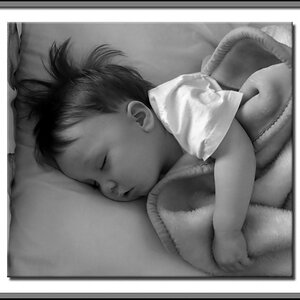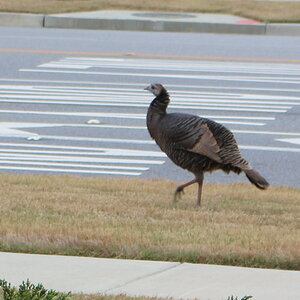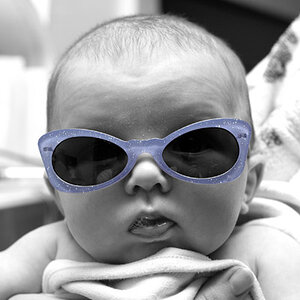zaroba
TPF Noob!
- Joined
- Oct 23, 2011
- Messages
- 70
- Reaction score
- 15
- Location
- USA
- Can others edit my Photos
- Photos OK to edit
I got a Platinum Plus 5800d tripod years ago from a flea market figuring I would use it, but so far I haven't used it once. I used to take it with me to parks/gardens/etc but after a few months of not using it I stopped bringing it and it's sat in my closet ever since. The few times I could have used it I found that it was far easier and faster to just set the camera on a ledge/railing, or even kneel down and have it on my knee for extra stability.
I do often see people using them to take pics of flowers when I go to the local botanical garden, but I am curious as to what the benefit is. Just people using them who don't have steady hands for snapping pics of stationary, well lit flowers? Or is there some whole other aspect I have been missing out on in my numerous trips there?
I do often see people using them to take pics of flowers when I go to the local botanical garden, but I am curious as to what the benefit is. Just people using them who don't have steady hands for snapping pics of stationary, well lit flowers? Or is there some whole other aspect I have been missing out on in my numerous trips there?
Last edited:




![[No title]](/data/xfmg/thumbnail/37/37519-6093821531f744039f3ac2b3e30c7dbf.jpg?1619738128)
![[No title]](/data/xfmg/thumbnail/35/35270-a66987e049fb56c03e604b4c77910b81.jpg?1619736972)
![[No title]](/data/xfmg/thumbnail/35/35269-511d1e0ac8ed5256fd706829d2ecb719.jpg?1619736972)
![[No title]](/data/xfmg/thumbnail/32/32930-09414fc020c2a60a456ff59a05c5ef8f.jpg?1619735759)

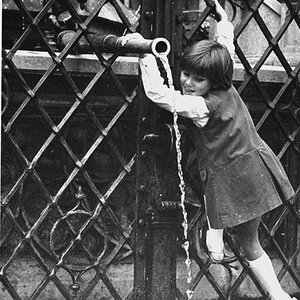
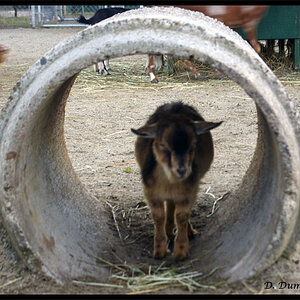
![[No title]](/data/xfmg/thumbnail/37/37540-73002ccb910b97978bc38658622a34d3.jpg?1619738133)
